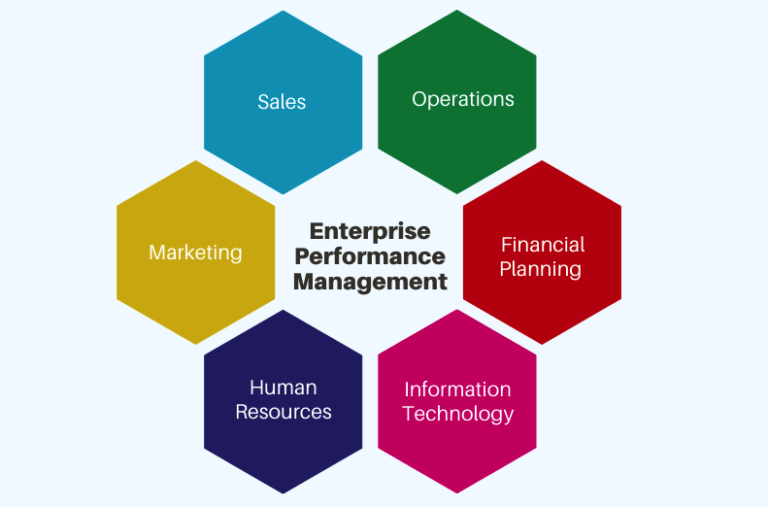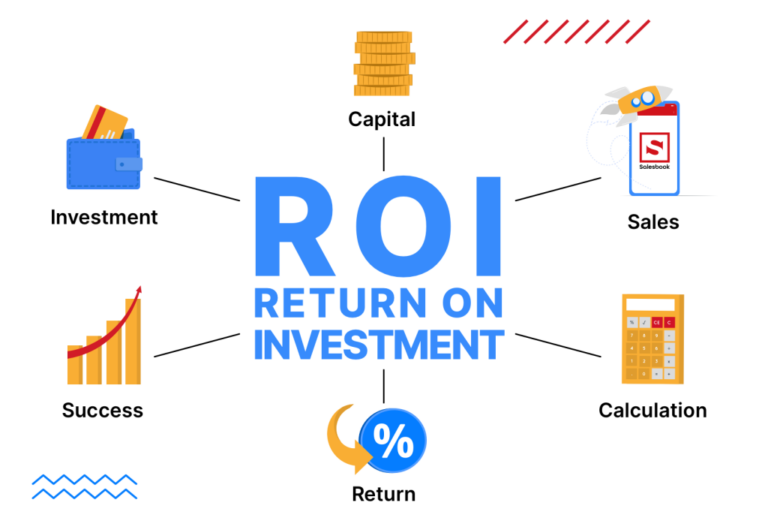Performance management is an extremely broad concept that can be associated with both macroeconomic objectives and microeconomic aspects.
The fact is that the effectiveness of any economic phenomenon can be assessed with varying accuracy. You can assess the effectiveness and characterize the activities of a specific sector of the economy or industry, you can assess the effectiveness of the activities of any region of the country in the financial and economic aspects, you can evaluate the effect of the functioning of the entire economy as a whole.
However, the success of the economy as a whole largely depends on how the microeconomic level functions, and this level is the level of business operations of the enterprise or company. The basis for assessing the performance of an enterprise and the ability to effectively manage is the financial result achieved by the company during the reporting period, which in turn can be divided into months, quarters, but is ultimately summarized into annual indicators.
Methods and tools
For example, when assessing production efficiency, there is often a need to calculate such indicators as labor productivity, material productivity, capital productivity, capital-labor ratio, capital intensity, and so on. We need calculations of these indicators in order to assess the intensity of resource use. In particular, it is important to understand that if the products produced by an enterprise, based on market analysis and other indicators, appear to be unprofitable, then the intensity of use of fixed assets does not lead to an increase in the economic effect, but will contribute to an increase in the risk of bankruptcy of the enterprise.
It should be noted that the main goal of an enterprise in any market segment is to make a profit, and the receipt and size of the profit itself is also one of the main parameters for assessing the success of an economic entity.
Assessment of the efficiency of an enterprise’s economic activity and the possibility of its management is based on various groups of indicators that have a certain classification.
The following indicators can be distinguished by type of economic products:
- profit from product sales
- profit from investment activities
- profit from financial activities
Based on the composition of the included elements, one can distinguish marginal profit, profit from sales, the overall financial result of the reporting period before interest and taxes, which in some cases is called gross profit, as well as profit before tax and net profit.

By the nature of the activities of enterprises, one can distinguish profit from ordinary activities and profit from emergency situations.
There is also a classification according to the nature of taxation, which includes taxable profit and non-taxable profit in accordance with the current local fiscal legislation. There are classification parameters that take into account inflation factor and there will be nominal profit and real profit, which is adjusted for the inflation rate observed during the reporting period.
According to economic content, we can classify pre-tax profit, which is defined as the difference between income and current explicit costs, as well as economic profit, which differs from accounting profit in that when calculating its value, not only explicit costs are taken into account, but also implicit ones. Here it is also necessary to add a classification according to the nature of use, that is, there is capitalized profit, which is used to finance the growth of the enterprise’s assets, and consumed profit, that is, that part that is spent on paying dividends to shareholders of enterprises.
Indicators characterizing the profitability of sales can be calculated as the ratio of profit to revenue; here we can distinguish the profitability of sales of individual types of products and the overall profitability of sales. To complete the picture, it is necessary to highlight a group of indicators based on the resource approach, where the main calculation criterion is the ratio of profit to the total amount or individual parts of the advanced capital. Among such indicators are the return on total assets, in some cases called total profitability, return on operating capital involved in core activities, return on equity capital, and so on.








